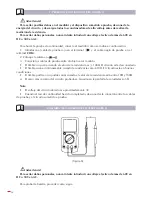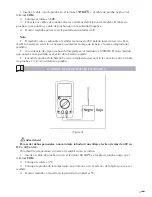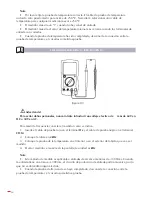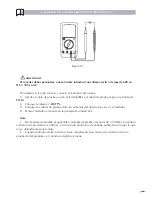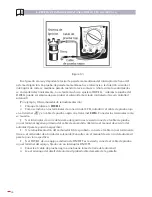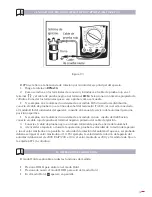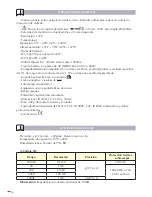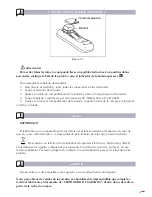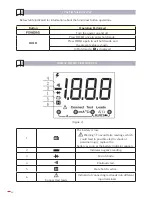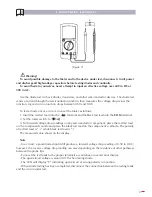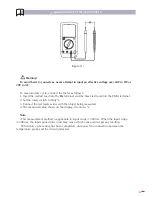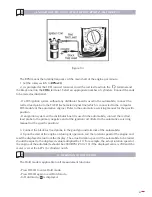
28
CAT.III: Distribution level, fixed installation, with smaller transient overvoltages than CAT. IV .
Use the Meter only as specified in this operating manual, otherwise the protection provided by
the Meter may be impaired.
International electrical symbols used on the Meter and in this Operating Manual are explained
on page 6.
RULES FOR SAFE OPERATION
Warning!
To avoid possible electric shock or personal injury, and to avoid possible damage to the Meter
or to the equipment under test, adhere to the following rules:
- Before using the Meter inspect the case. Do not use the Meter if it is damaged or the case
(or part of the case) is removed. Look for cracks or missing plastic. Pay attention to the insulation
around the connectors.
- Inspect the test leads for damaged insulation or exposed metal. Check the test leads for
continuity. Replace damaged test leads with identical model number or electrical specifications
before using the Meter.
- When using the test leads, keep your fingers behind the finger guards.
- Do not apply more than the rated voltage, as marked on the Meter, between the terminals or
between any terminal and grounding.
- To avoid harm to yourselves, never attempt to input an effective voltage over 60V in DC or
30V in AC.
- Use the proper terminals, function, and range for your measurements.
- The rotary switch should be placed in the right position and no any changeover of range shall
be made during measurement is conducted to prevent damage of the Meter.
- Disconnect circuit power and discharge all highvoltage capacitors before testing, resistance,
diodes or continuity.
- Before measuring current, check the fuse is ok.
- Before connecting the Meter in serial to the tested in-circuit, disconnect in-circuit power.
- If the value of current to be measured is unknown, use the maximum measurement position,
and reduce the range step by step until a satisfactory reading is obtained.
- Replace the battery as soon as the battery indicator
appears. With a low battery, the Meter
might produce false readings that can lead to electric show and personal injury.
- When servicing the Meter, use only the same model number or identical electrical
specifications replacement parts.
- The internal circuit of the Meter shall not be altered at will to avoid damage of the Meter and
any accident.
- Soft cloth and mild detergent should be used to clean the surface of the Meter when servicing.
No abrasive and solvent should be used to prevent the surface of the Meter from corrosion, damage
and accident.
- Turn off the Meter when it is not in use and take out the battery when not using for a long time.
- Constantly check the battery as it may leak when it has been using for some time, replace the
battery as soon as leaking appears. A leaking battery will damage the Meter.
- Do not use or store the Meter in an environment of high temperature, humidity, explosive,
Summary of Contents for egatronic 51259
Page 50: ...50...

